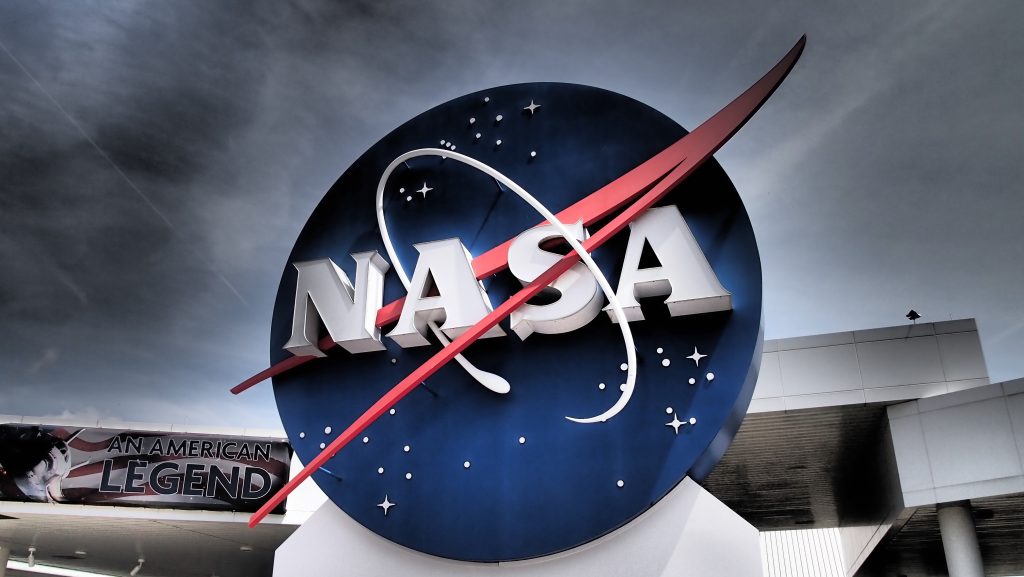NASA launches a billion-dollar Earth science mission Trump tried to cancel

Survivor — NASA launches a billion-dollar Earth science mission Trump tried to cancel It has been a long, strange trip,” says the top scientist on NASA’s PACE mission.
Stephen Clark – Feb 8, 2024 1:37 pm UTC Enlarge / NASA’s PACE spacecraft last year at Goddard Space Flight Center, Maryland. NASA reader comments 4
NASA’s latest mission dedicated to observing Earth’s oceans and atmosphere from space rocketed into orbit from Florida early Thursday on a SpaceX launch vehicle.
This mission will study phytoplankton, microscopic plants fundamental to the marine food chain, and tiny particles called aerosols that play a key role in cloud formation. These two constituents in the ocean and the atmosphere are important to scientists’ understanding of climate change.The mission’s acronym, PACE, stands for Plankton, Aerosol, Cloud, ocean Ecosystem.
Nestled in the nose cone of a Falcon 9 rocket, the PACE satellite took off from Cape Canaveral Space Force Station, Florida, at 1:33 am EST (06:33 UTC) Thursday after a two-day delay caused by poor weather.
Nine kerosene-fueled Merlin engines powered the Falcon 9 rocket southeast from the launch site, then the reusable booster stage separated to begin maneuvers to return back to Cape Canaveral for landing. Falcon 9’s upper stage engine steered the rocket and the PACE satellite on a southerly trajectory along Florida’s east coast.
Around 12 minutes after liftoff, NASA’s nearly 2-ton PACE satellite deployed from the Falcon 9 rocket into an on-target polar orbit at an altitude of roughly 420 miles (676 kilometers). This was the first launch of a NASA satellite into polar orbit from the Florida spaceport in more than 60 years. These types of missions flying on north-south orbital tracks have typically launched from California, but SpaceX reopened the polar orbit corridor from Cape Canaveral for commercial missions beginning in 2020. Saved from the chopping block
NASA authorized development of the PACE mission nine years ago, but the climate research satellite became a target for the Trump administration. During each of Trump’s four years in the White House, the administration’s annual budget request called for zeroing-out funding for PACE, along with other Earth science missions and NASA’s education office. Advertisement
Each year, Congress preserved funding for PACE to keep the mission on track. Lawmakers representing districts and states with strong interests in the PACE mission helped lead the charge to keep the mission alive. A groundswell of support from scientists also helped persuade Congress to maintain funding for PACE.
The American Geophysical Union, which promotes research in Earth and space sciences, in 2018 called the Trump administration’s efforts to slash funding for PACE and other climate research programs “shortsighted.” Chris McEntee, the AGU’s chief executive at the time, vowed to make the case for the programs earmarked for cancellation by the Trump White House. “We expect Congress to be far more realistic and strategic in providing the funding that will allow the nations scientific enterprise to thrive,” she wrote at the time.
“It has been a long, strange trip,” said Jeremy Werdell, PACE project scientist at NASA’s Goddard Space Flight Center in Maryland. “We were as confident as one can be that we would find ways to persevere… We’ve kept our morale high.” Enlarge / A SpaceX Falcon 9 rocket lifts off from Space Launch Complex 40 early Thursday with NASA’s PACE spacecraft.Paul Hennessy/Anadolu via Getty Images
Scientists say PACE will try to fill in some gaps in their understanding of climate change. Phytoplankton, the minuscule marine organisms, absorb carbon dioxide from the atmosphere, helping scrub the air of the greenhouse gas most responsible for our planet’s rising temperatures. But each type of plankton processes carbon dioxide in a different way, and phytoplankton concentrations move in response to the changing climate. To sum it up, the plankton is both an influencer of, and is influenced by, climate change.
“Right now were somewhat blind to it from space, and where PACE comes in is to answer those questions on daily global scales,” Werdell said. Page: 1 2 3 Next → reader comments 4 Stephen Clark Stephen Clark is a space reporter at Ars Technica, covering private space companies and the worlds space agencies. Stephen writes about the nexus of technology, science, policy, and business on and off the planet. Advertisement Channel Ars Technica ← Previous story Related Stories Today on Ars





